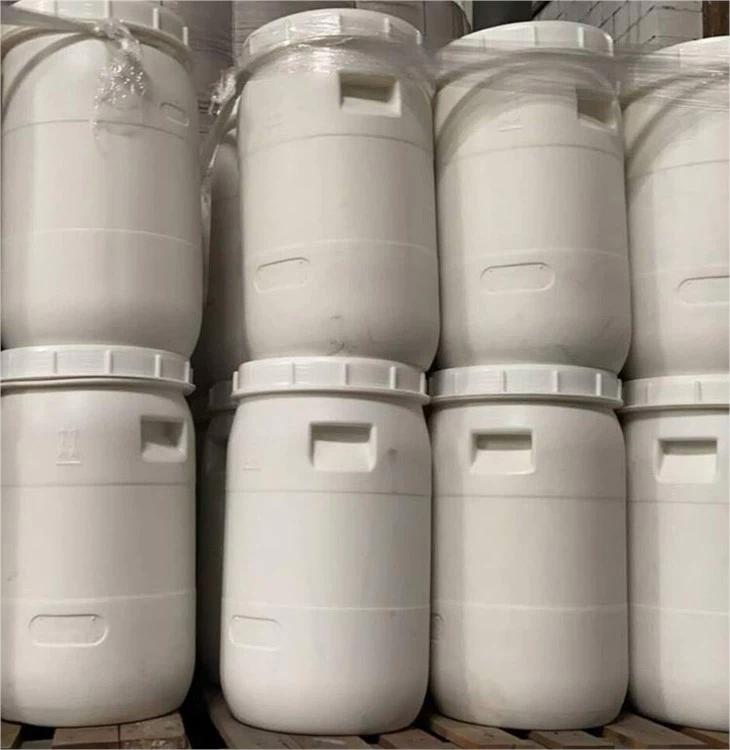A Deeper Look at Calcium Hypochlorite: Properties, Applications and Safety Guide

Calcium hypochlorite is an important chemical in the field of industrial disinfection and bleaching. It has become an indispensable material in many industries due to its high bactericidal performance and wide range of applications. However, the correct use and storage of this powerful oxidant is equally important to ensure safety and effectiveness.
Calcium hypochlorite, commonly known as bleaching agent, has the chemical formula Ca(ClO)_2 and is a white to off-white powder with a pungent odor similar to chlorine. This compound is not only used in water treatment and bleaching processes in the textile industry, but also plays a key role in food processing, agriculture, and medical and health fields. Due to its strong oxidizing properties, calcium hypochlorite performs well in killing bacteria and viruses and is one of the commonly used disinfectants in homes and hospitals.
However, as its wide range of uses indicates, calcium hypochlorite requires caution in its use. It is a strong oxidizing agent that can cause reactions and even fires when in contact with organic matter. In addition, calcium hypochlorite releases toxic chlorine gas when mixed with acidic substances, which poses a health risk to operators. Therefore, the correct storage and handling of calcium hypochlorite is essential.
When storing calcium hypochlorite, it must be stored in a dry, cool and well-ventilated place away from fire sources and flammable materials. It is recommended to use corrosion-resistant and well-sealed containers to reduce contact with moisture in the air and avoid moisture absorption, agglomeration or decomposition. In particular, the packaging material should be metal or plastic with good protection to maintain the stability and effectiveness of calcium hypochlorite.
Calcium hypochlorite is also classified as a dangerous good during transportation. According to UN regulations, it belongs to Class 5.1 oxidizing agents, which means that extra precautions need to be taken during handling and transportation. For example, dedicated transportation vehicles should be used during transportation, and the packaging should be firm and well sealed to prevent product leakage or adverse reactions with other substances in the air.
Although calcium hypochlorite is potentially dangerous, its role in modern life cannot be ignored. By following safe storage and handling rules, we can maximize its benefits while preventing possible risks. As a user, it is very important to understand these basic safety knowledge, which can not only protect the safety of ourselves and others.

